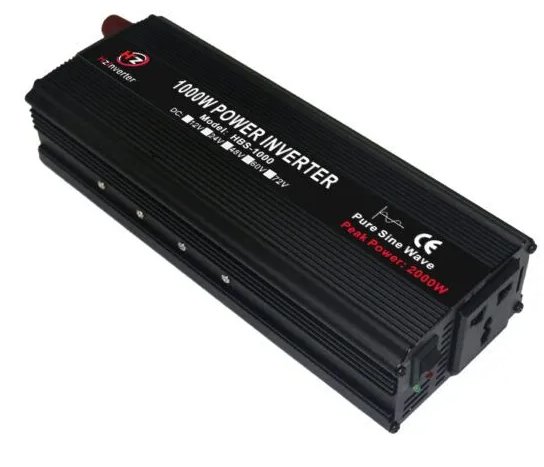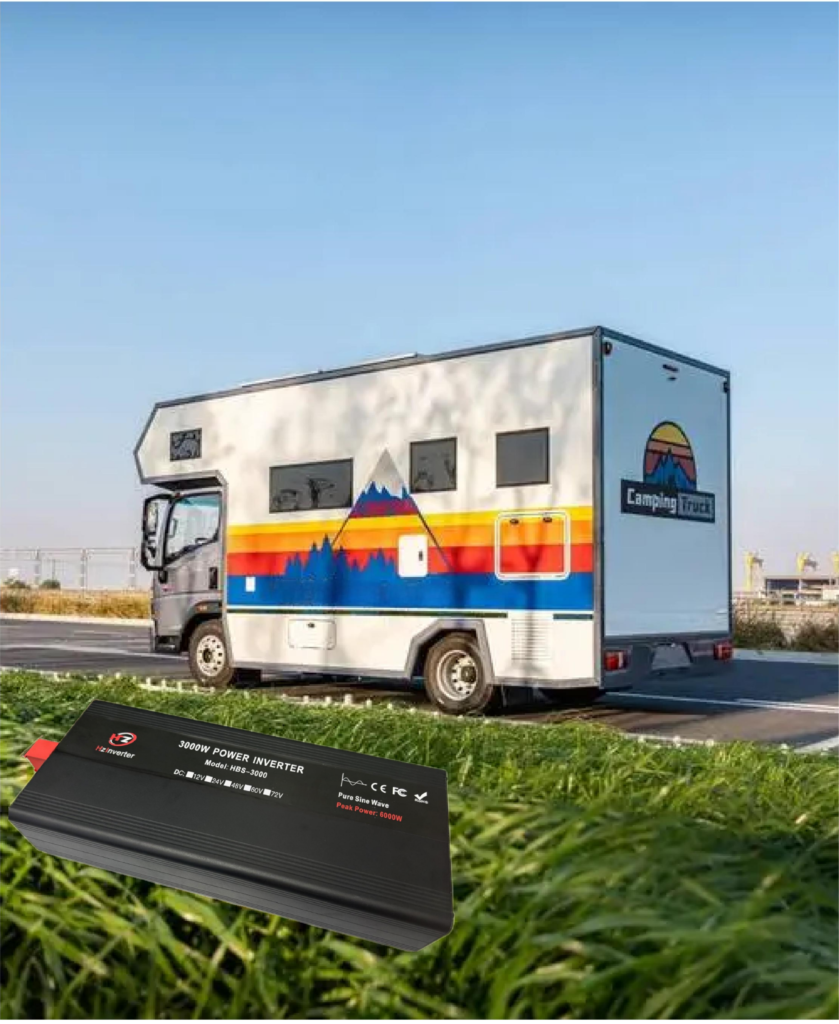Choosing the right inverter is essential to ensure the efficient operation of the power system, especially when it comes to meeting specific power requirements. In order to make an informed decision, the following key factors need to be evaluated first:
It is necessary to clearly plan the power requirements of equipment or systems powered by inverters.
Total power requirements: List all devices that need to be used at the same time and calculate their total power requirements. The power of the device is usually indicated on the device label in watts (W). For example, if you want to power both a laptop (50W) and a TV (100W), the total power requirement is 150W.
Peak power demand: Some devices require higher power at startup, called peak power (or instantaneous power). For example, refrigerators and air conditioners may have 2-3 times the power of their normal operation at startup. Therefore, when selecting an inverter, it is necessary to ensure that it can withstand the peak power of these devices.
Select the appropriate power range
When selecting an inverter, its rated power should be at least equal to or slightly higher than your calculated total power requirements. At the same time, ensure that the peak power of the inverter is sufficient to meet the needs of high-power starting equipment. Common power ranges are:
Small power inverter: usually between 150W and 300W, suitable for small devices such as mobile phones, laptops, LED lights, etc.

Medium power inverter: usually between 300W and 1000W, suitable for TVs, fans, small kitchen appliances and other equipment.

High-power inverters: usually more than 1000W to 3000W, suitable for large-scale equipment including refrigerators, air conditioners, power tools or multiple equipment at the same time.
Consider battery capacity and voltage

The inverter needs to be used with the battery to ensure that the selected inverter matches the battery voltage. Common battery voltages are 12V, 24V and 48V. Higher power inverters usually require higher voltage battery systems. For example:
12V system: suitable for smaller power requirements, such as small on-board inverters.
24V or 48V system: suitable for higher power requirements in the home or outdoor energy storage system.
By carefully evaluating these factors, you can choose an inverter that is both current and future-proof to ensure the stable and efficient operation of the power system.

